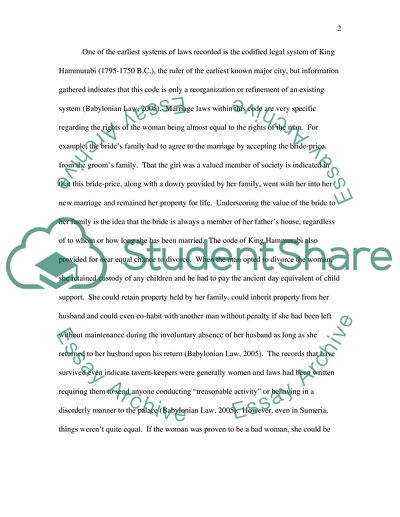Cite this document
(“The Role of Women as Shown through Marriage Law Essay”, n.d.)
The Role of Women as Shown through Marriage Law Essay. Retrieved from https://studentshare.org/law/1535617-the-role-of-women-as-shown-through-marriage-law
The Role of Women as Shown through Marriage Law Essay. Retrieved from https://studentshare.org/law/1535617-the-role-of-women-as-shown-through-marriage-law
(The Role of Women As Shown through Marriage Law Essay)
The Role of Women As Shown through Marriage Law Essay. https://studentshare.org/law/1535617-the-role-of-women-as-shown-through-marriage-law.
The Role of Women As Shown through Marriage Law Essay. https://studentshare.org/law/1535617-the-role-of-women-as-shown-through-marriage-law.
“The Role of Women As Shown through Marriage Law Essay”, n.d. https://studentshare.org/law/1535617-the-role-of-women-as-shown-through-marriage-law.


